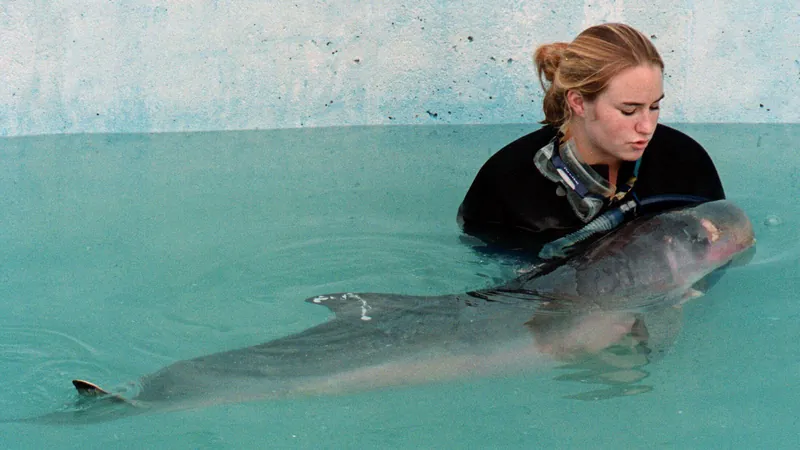
Revolutionary Kevlar EXO Material Set for Space Station Tests to Combat Space Debris!
2024-09-26
Author: Wai
Exciting advancements in space safety are underway
A next-generation debris protection material is scheduled for testing at the International Space Station (ISS) this October. Developed by the renowned chemical giant DuPont, the innovative material, dubbed Kevlar EXO, represents a significant leap forward in safeguarding spacecraft from the increasingly perilous issue of space debris.
What sets Kevlar EXO apart?
This cutting-edge material, a sophisticated evolution of the traditional Kevlar, has demonstrated an impressive 40% reduction in weight while outperforming standard Kevlar in impact resistance. According to Jill Clements, DuPont's global business development manager, the new material has successfully passed rigorous tests designed to simulate the harsh conditions of space debris.
Testing and Results
NASA's testing facility in White Sands, New Mexico, became the testing ground where aluminum bullets, 0.4 inches in diameter, were fired at velocities reaching 4 miles per second aimed at specially designed targets. Remarkably, the new Kevlar EXO material showed an unmatched ability to withstand impacts, highlighting its potential to revolutionize space debris protection systems.
Upcoming Exposure Tests
As DuPont prepares samples of Kevlar EXO for its mission to the ISS aboard a SpaceX Dragon cargo capsule, they will conduct crucial exposure tests to assess its durability against atomic oxygen and ultraviolet radiation—real threats in the harsh environment of outer space. Clements has emphasized that while these tests are pivotal for ensuring the material’s performance in actual space conditions, the initial focus won't involve its direct application for debris protection just yet.
A Legacy of Innovation
Kevlar EXO was first introduced in April 2023 and has been lauded as 'the most significant aramid fiber innovation in over 50 years.' This new variant of aramid fiber—known for its strength and heat-resistance—comes at a crucial time when the space industry is facing heightened challenges with space debris. Since its inception in 1965, Kevlar has been instrumental in various applications, from bulletproof vests to thermal insulation for satellites.
Future Implications
The implications of Kevlar EXO extend far beyond its immediate use in protecting satellites and spacecraft. Clements foresees a future where inflatable space stations, lunar bases, and even human habitats on Mars can benefit from the enhanced protection it offers. By significantly reducing the weight of their debris shield systems, satellite manufacturers can allocate more resources to their primary payload missions—an essential aspect as the cost of launching materials into orbit remains notoriously high.
Conclusion
With the arrival of Kevlar EXO, the space sector may be on the brink of a transformative shift that could enhance the safety and sustainability of future space missions. Are we witnessing the beginning of a new era in space exploration? Stay tuned as we follow the journey of this groundbreaking material to the ISS!



 Brasil (PT)
Brasil (PT)
 Canada (EN)
Canada (EN)
 Chile (ES)
Chile (ES)
 Česko (CS)
Česko (CS)
 대한민국 (KO)
대한민국 (KO)
 España (ES)
España (ES)
 France (FR)
France (FR)
 Hong Kong (EN)
Hong Kong (EN)
 Italia (IT)
Italia (IT)
 日本 (JA)
日本 (JA)
 Magyarország (HU)
Magyarország (HU)
 Norge (NO)
Norge (NO)
 Polska (PL)
Polska (PL)
 Schweiz (DE)
Schweiz (DE)
 Singapore (EN)
Singapore (EN)
 Sverige (SV)
Sverige (SV)
 Suomi (FI)
Suomi (FI)
 Türkiye (TR)
Türkiye (TR)
 الإمارات العربية المتحدة (AR)
الإمارات العربية المتحدة (AR)